Adventures in New York and beyond: lab visits at the Advanced Science Research Center and Princeton
Published in Physics

You might think that tweeting is a waste of time, but on my recent trip to New York it got me an unexpected and very much appreciated invitation to visit the Advanced Science Research Center (ASRC) at the Graduate Center of the City University of New York (CUNY), after I announced that I would visit a few institutions in the area to introduce the soon-to-launch journal Nature Reviews Physics to its future readers (and maybe authors). As I learned during my visit (and as you probably already know) CUNY is the largest urban university system in the US. ASRC is an initiative launched in 2008 with the aim of — according to their website — fulfil “its multi-billion-dollar commitment to becoming a national leader in visionary scientific research of vital, real-world consequence”. The centre, which runs 24/7, combines a wide range of state-of-the-art facilities with 5 research initiatives in specific areas (nanoscience, photonics, structural biology, neuroscience and environmental sciences) and is hosted in a glass building with breath-taking views of New York (if I worked there I would spend most of my time in one of the corner tables with full-length windows on both sides!) As they told me, the spaces are designed so that there is plenty of opportunity to interact in shared areas to foster cross-pollination between researchers working in different areas. I was intrigued to hear that brief presentations are regularly given so that everybody knows what is going on in fields they might not be very familiar with (see our recent post on how a biologist sees physics!)
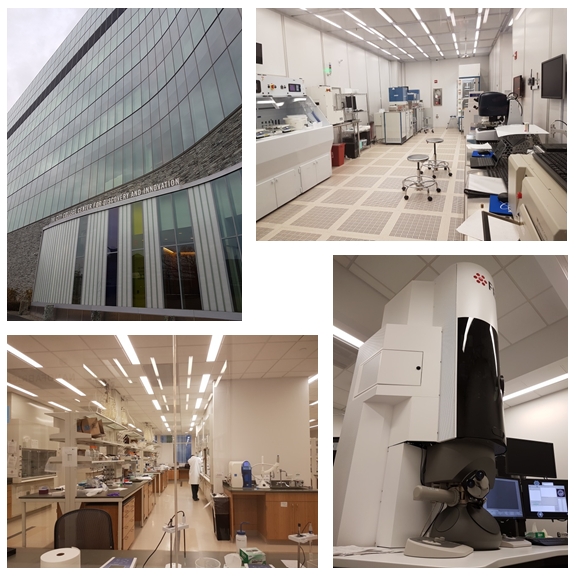
The facilities, which occupy an impressive amount of space, are open to universities in the New York area, start-up companies and industrial manufacturers and include, along with a range of fabrication techniques, imaging systems and characterization techniques such as NMR and mass spectroscopy. Having worked with a (much smaller) TEM during my master thesis, I was particularly impressed by the 120 kev TEM, shown in the picture above. The floor that will become the home of the initiative in photonics, led by Andrea Alù (my host), is still mostly empty — I’m looking forward to visiting again and seeing all the equipment in place!
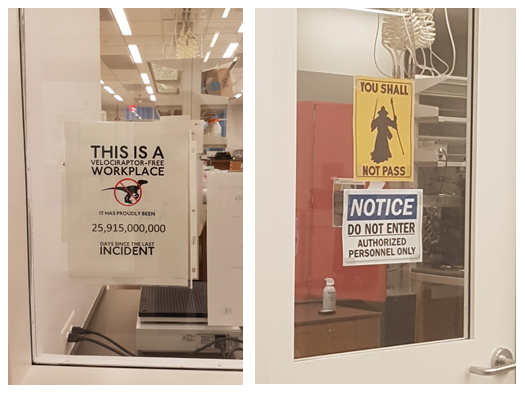
I have to thank very much Andrea who invited me and organized a last minute talk to let me present the new journal, and Jacob Trevino who walked me around. It was great fun to meet the people working there — thanks Twitter!
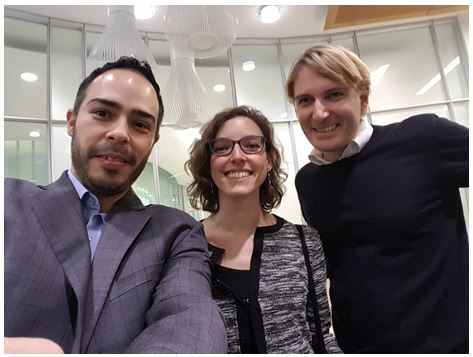
My next stop was Princeton University — thanks to Ali Yazdani for the invitation! There I had a lot of interesting conversations, gave another talk (this time accompanied by pizza, thanks to the wonderful organization by Jennifer Bornkamp) and had two super interesting lab visits. They assigned me an office for the day, and it turned out that it used to be the office of Val Logsdon Fitch, who won the 1980 Nobel Prize for the discovery of CP violation. So, off to a good start!

The first lab visit was in Jason Petta’s lab, where several low-temperature setups (such as the one pictured below) are used to investigate strong light-matter interactions and find ways to couple single spins and photons, with the goal of taking steps towards the design of a scalable quantum computer. It’s always fascinating when such big setups are needed to measure very small samples!
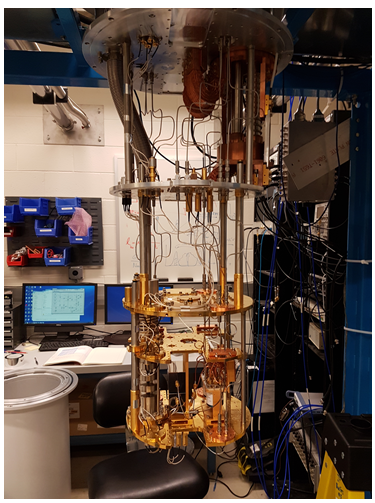
For my other visit, I ventured into Ali Yazdani’s lab to see the home-built scanning tunnelling microscopes (STMs) — other big instruments designed to measure very small samples, rigorously in ultrahigh vacuum, at very low temperature and, in some setups, in a magnetic field. The three more complex STMs are hosted in ultra-quiet rooms that can be floated and left hanging from a granite slab in order to eliminate any vibrations that could disturb the extra-delicate measurements: one is in the picture below in which grad student Mallika Randeira and I stand on the (at that time not floating) platform.
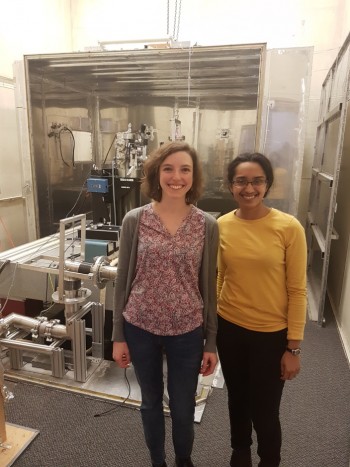
really close to the instrument!
The newest STM in the lab is still under construction, and is designed to load different types of microscope heads (for example, an STM + atomic force microscope (AFM) head instead of a simple STM head). Can you see the face of Doraemon on one of the red protections in the picture below?? (and did you notice Nefertiti overlooking the activity in the lab from behind her goggles?)

Overall, between the smart people, impressive labs and the beauty of the campus, it was an unforgettable visit, and I hope I will be back soon!
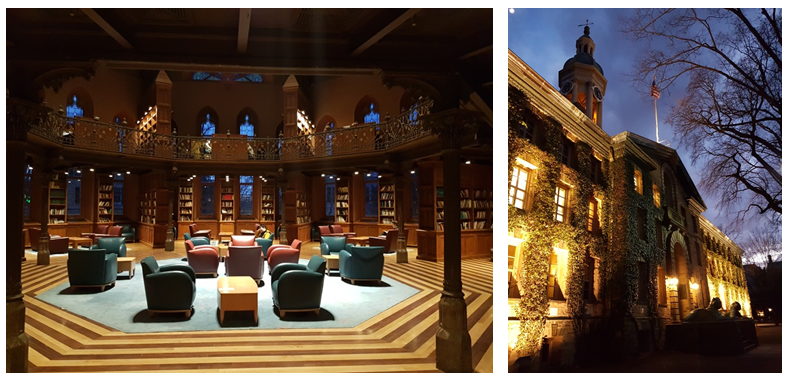


Please sign in or register for FREE
If you are a registered user on Research Communities by Springer Nature, please sign in